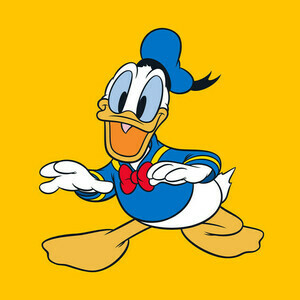5 International Business Test sobre Chapter 4 - Firm resources: competitiveness and growth, creado por Silje Ris el 13/02/2024.
Pineado a
9
0
1
Sin etiquetas

|
Creado por Silje Ris
hace 10 meses
|
|
Cerrar